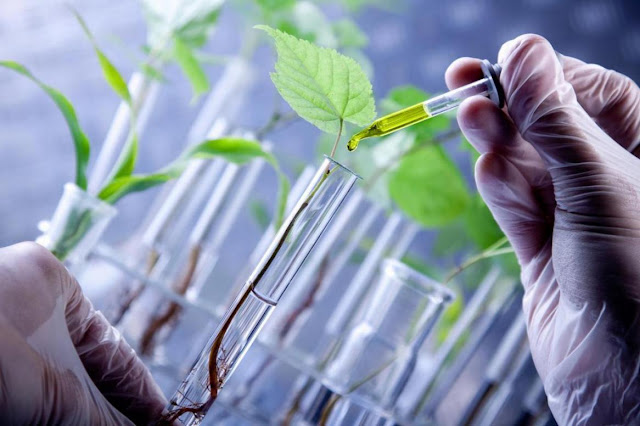UV Adhesives Are Fast-Curing Formulas Offer Superior Adhesion To Various Substrates, Including Glass And Plastic
 |
| UV Adhesives |
UV Adhesives or light-curing adhesives rely on UV radiation to trigger a free radical reaction and cross-linking of the liquid chemicals within them. This is different from many other types of adhesives that rely on a heat-based chemical process or a drying time to set. The photochemical nature of UV adhesives is what makes them unique.
Unlike solvent-based or epoxy-based
adhesives, which start to harden as soon as they come into contact with air, UV
glues remain in liquid form until they are exposed to a UV curing light. This
is thanks to careful and clever chemistry.
UV
Adhesives are extremely versatile and work well
on a wide variety of common substrates such as glass, metals and plastics. They
are commonly used in the assembly of consumer goods, especially electronic
devices, due to their fast cure times and high reliability of adhesion and
sealing.
UV bonding adhesives offer the benefit
of creating invisible bonds that will not stain or discolor surfaces. The fact
that the bonds are invisible makes them particularly useful for repair and
restoration of delicate surface areas such as floor coverings, furniture or
artwork. This includes repairing small damage, such as claw marks or scuff
marks that are often caused by pets or children, making them an ideal choice
for homes and workplaces with young families.
There’s a wide selection of UV glues to
choose from, as an adhesive. It is important to understand the properties that
impact performance and end-use. Manufacturers list this information on the
product data sheet in terms of strength, shear strength, surface energy, curing
time and depth, and viscosity. Optical properties, such as refractive index and
color, may also be important for some applications.
UV
Adhesives are often used to bond
pressure-sensitive tapes in the manufacturing process. This process is usually
performed using an extrusion mechanism that meters the adhesive with relative accuracy
on a moving web of material, such as a carrier or liner, in a converting line.
The adhesive is then transported under a UV light with a specified wavelength
and power that activates the formulation to produce the desired adhesive
characteristics. This type of dispensing system allows for high productivity
and requires little maintenance.
A leading manufacturer of rapid curing
materials and equipment, Dymax, declared their partnership with Quantum Systems
in June 2022. With this new partnership, they will be focusing on providing
expert technical guidance, design cost-effective manufacturing processes and
develop cooperative relationships between both the companies.



Comments
Post a Comment